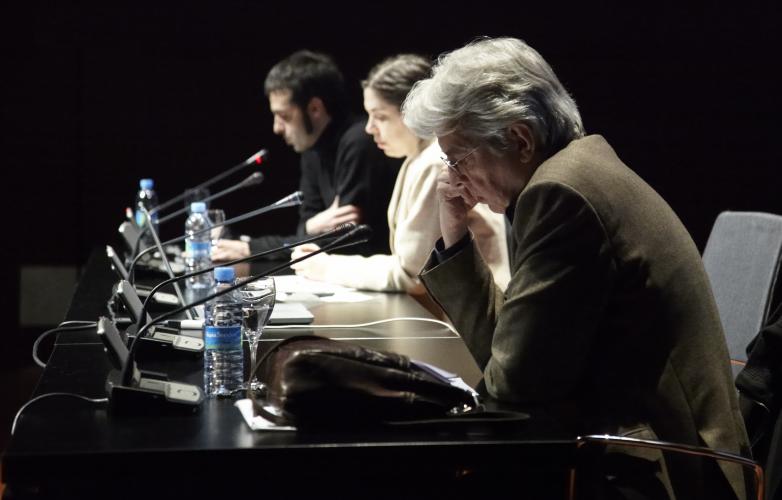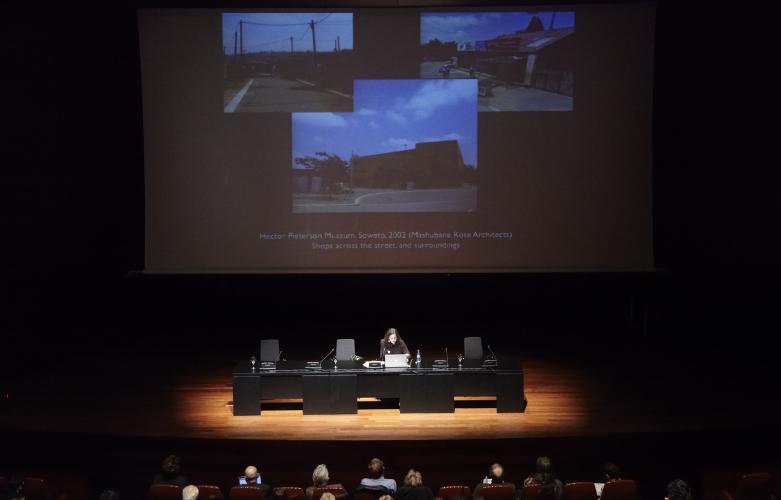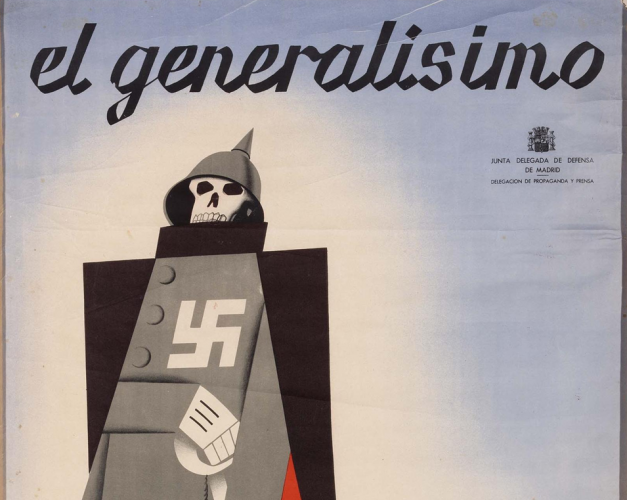Encounters with the 1930s – Visual Culture
International Seminar
In the 1930s, the world witnessed the creation of new politics of representation closely tied to totalitarian governments. The artists of the time, defined with respect to these regimes, made use of the mass media to reconfigure a visual culture that crossed and surpassed their own formal limits. Acquiring significant meaning where it was received, in forms as diverse as textile and postal art and at international fairs, visual culture became a media phenomenon that reached a multitude of places and people. Publicity, design, cinema and postal art became commonly used tools for creators, although this did not mean that they abandoned other media like painting. While they adjusted to the semantic preferences of the political moment, they continued the formal and conceptual searches of the era.
Images, the bearers of more than just visual information, were presented as a stimulus for thought, the development of political ideals and the forging of a collective upheaval. As explained by the specialists who were interviewed on the occasion of the international seminar, Encounters with the 1930s, held in March 2011 at the Museo Reina Sofía, visual culture underwent a deep transformation instigated by the hybridisation of the media and its usual channels of representation. The 1930s produced a kind of art that did not refer only to itself, but also to its surroundings, a visual culture that serves, therefore, as a living witness to an era and certainly laid the path to the present day, where after more than seven decades, the media and politics continue their joint journey.

International Seminari Encounters with the 1930s

International Seminari Encounters with the 1930s

Pedrero. El Generalísimo. Detail, lithography, 1937
Share
- Date:
- 10/04/2011
- Production:
- María Andueza
- Voice-over:
- Luis Mata
- License:
- Creative Commons by-nc-sa 4.0